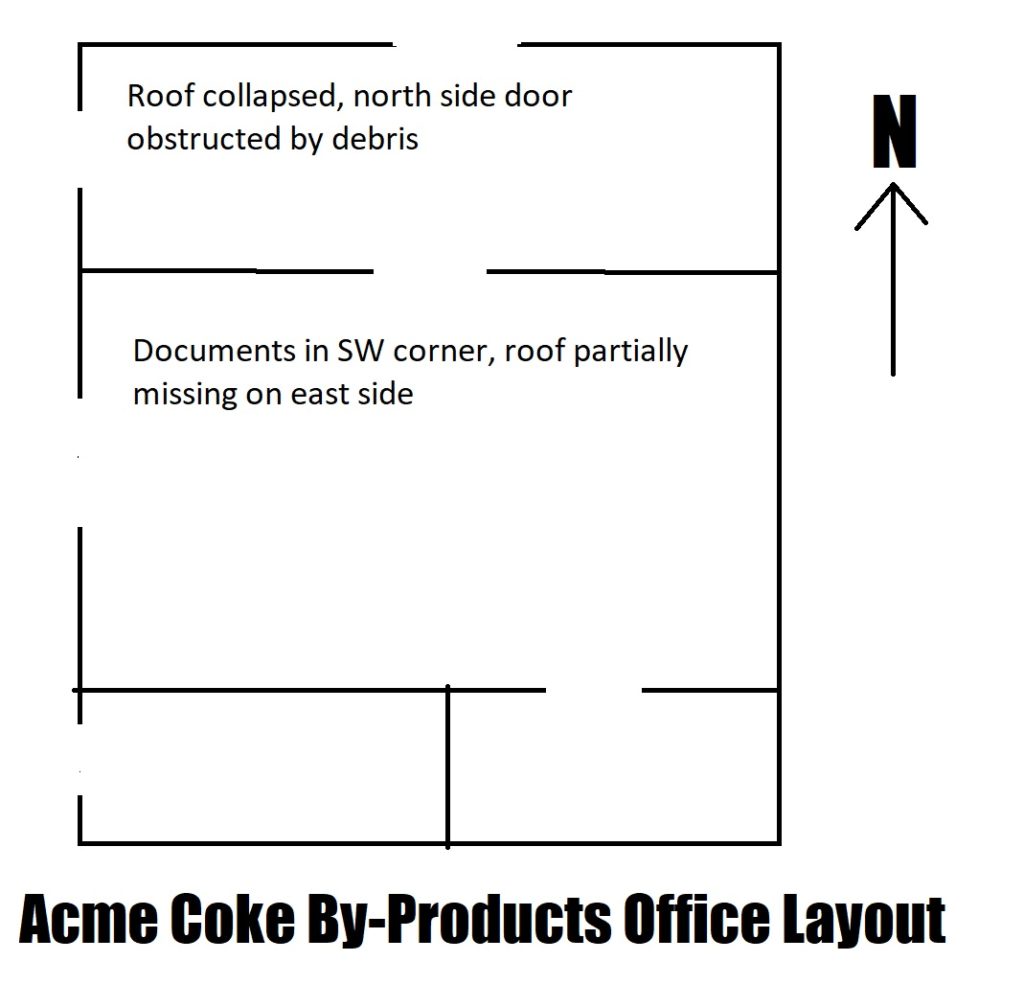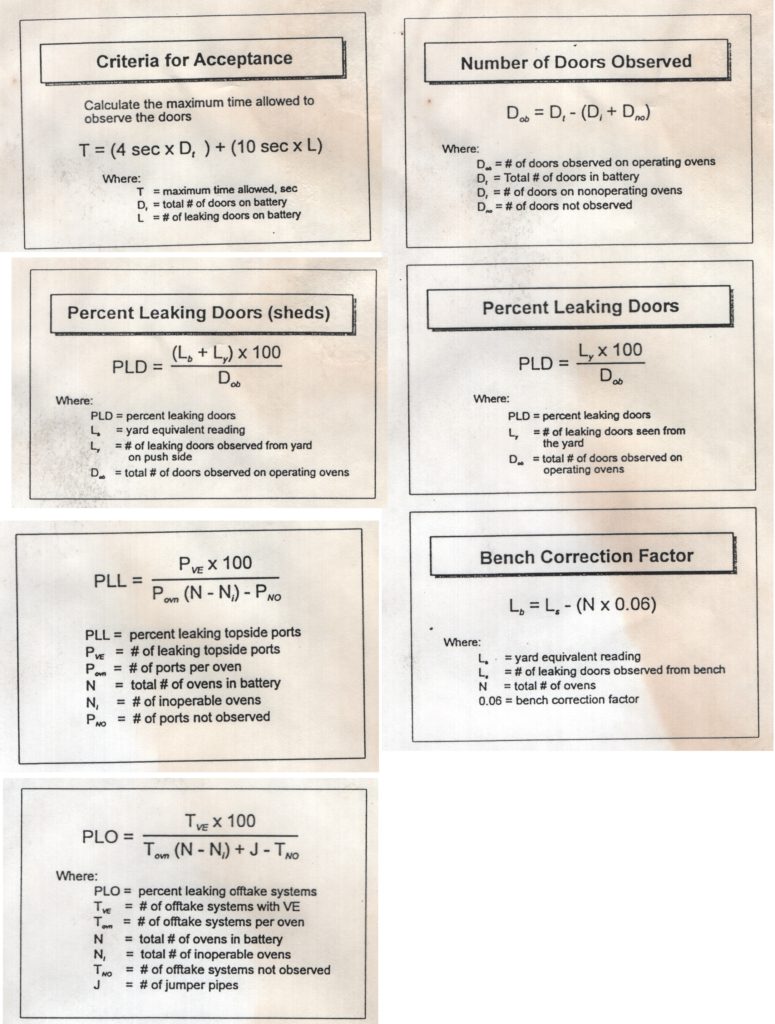During my last visit I continued to attempt to unearth documents from the BP Office. These are the worst condition of any in the plant, largely attributed to the building being in very bad condition with a wooden roof which is collapsing. This means more and more precipitation has made it’s way into the building and the venerable landfill of documents stashed in the corner. Here is a quick map of the building.

I messed around in here looking for documents months ago but quickly said “oh, there is nothing salvagable here”. But as I continue to clean out the entire plant, I return to the places I once gave up on for another look. And as is the case, again and again, there is of course plenty salvagaeable.
I found one massive document in particular; not plant specific but seemed interesting nonetheless. It was in pretty bad shape, but certainly salvageable.

But once I got home I started looking at it, it seemed like the content just wasn’t good enough to post (and it is a massive document). The document is only intended as as accompaniment to other media (slides or a video) and without those it seemed empty. I did a bit of research online and immediately found that the EPA still maintains a website for this qualification. Not sure how many people are just now entering the coke industry but perhaps there are some lucky few out there.
I thought maybe I could just download and share a PDF but the only documentation they have is a very truncated version of what I have. I tried to pick out the best bits of my grimy old document to share but I didn’t feel like it was worthwhile and I actually tossed the whole thing into the trash.
That is until I watched the video! This is easily some of the best footage I have seen around a coke battery anywhere. Until I understood more about this qualification, I thought that finding it in the BP office was appropriate, but the term ‘by-product’ is used only generally, to describe the type of battery (which is redundant, as in 1993 I don’t think there were many heat recovery batteries out there). At any rate, finding this where I did is a coincidence.
The concept of the certification is learning to identify “VE” (visable emissions) from various battery components: door seals, topside lids, riser caps, etc. From there, a number of calculations are used determine if the amount of VEs are within what is allowable by EPA regulations or not. Some time ago, I did recover some of the checklists used by plant personnel while doing 303 inspections of the battery.



So as usual, I jumped into action to create a detailed spreadsheet using the formulas outlined in the workbook. You won’t need a disk or ‘program’ to access these formulas, I got them all in a single page spreadsheet. Any cells filled in yellow are where data needs to be entered. You can access here at Google Sheets, or download the XLSX file and load it up in your resident install of Excel.
Above is a PDF I took from the EPAs website, it is not the entire manual I found but a good version (albeit not as thorough). Also, I did scan the ‘appendix’ of the manual I found which has some well written definitions of specific structures on and around the battery. To that, I added crops of some of the formulas I used in the spreadsheet, and other interesting tidbits.


